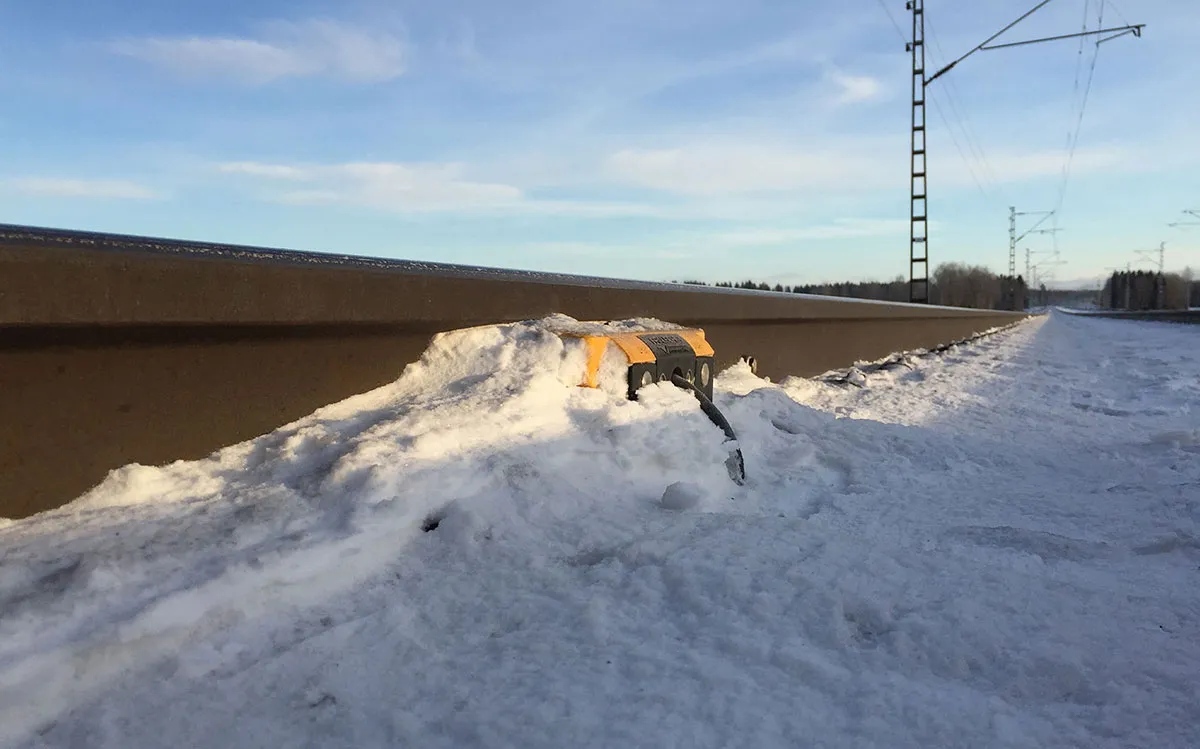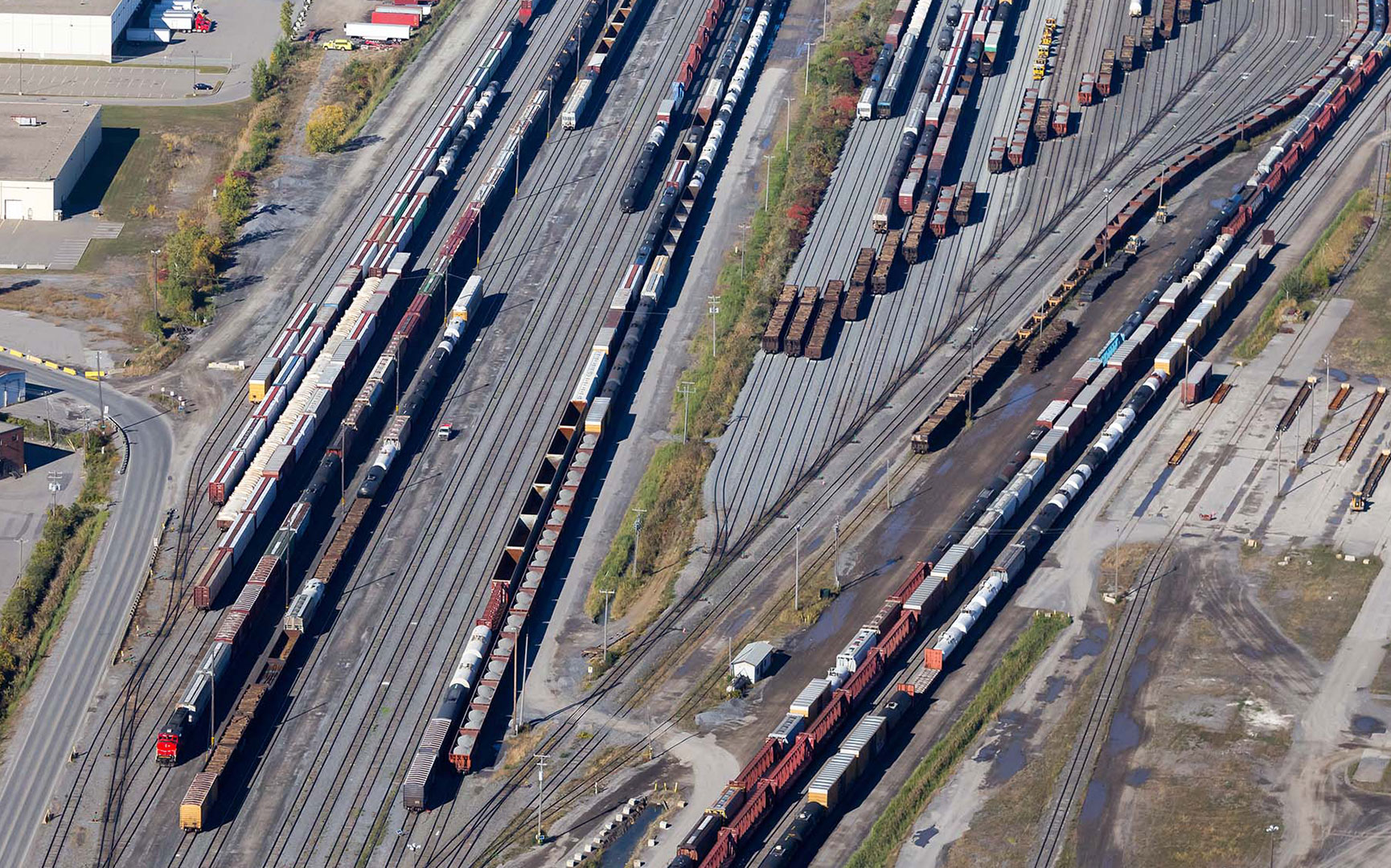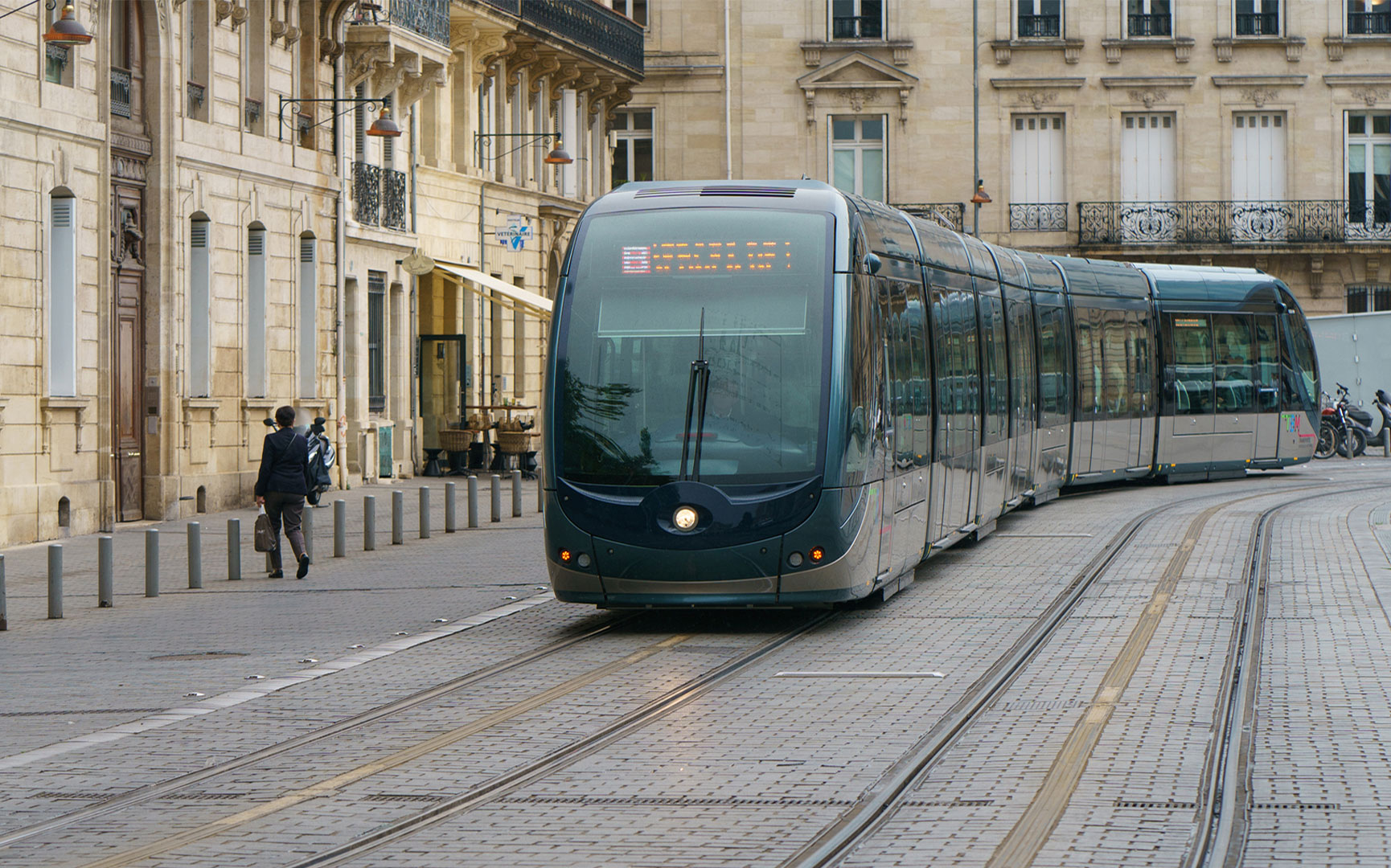Notification Center

train-detectionFinland
Kokkola
Frauscher supplied one of Finland’s busiest railway lines with new axle counters. The line was extended from a single to a double track section and Mipro was looking for a solution which can interface with their interlocking system in an efficient and cost effective way. Other important criteria was a minimum maintenance requirement and outdoor equipment which can cope with the harsh environmental conditions in Finland.
The railway section between Kokkola and Ylivieska is one of Finland’s busiest lines where trains reach up to 200 km/h. Environmental conditions in Finland are harsh: heavy snow and extreme cold temperatures are common during winter.
The Finnish Transport Agency planned to extend the railway section between Kokkola and Ylivieska from a single to a double track section. This project was one of the most comprehensive signalling system projects ever conducted in Finland. Obviously, the project needed to be performed without affecting the regular train operation.
The Frauscher Wheel Sensor RSR123 has proven its reliability even under harshest environmental conditions and combined with the Frauscher Advanced Counter FAdC®, it was the system of choice for this project. This combination allows to detect high speed trains under the very demanding environment given on this line. Using the Frauscher Safe Ethernet FSE protocol significantly sped up the installation and reduced the costs for the entire project. Based on training, the customer was able to configure the system by themselves – thanks to the open interfaces and configuration process.
Saving costs by realising mixed architectures
The FAdC® indoor equipment is located in numerous signaling shelters along the track. This saves massive costs in terms of cabling requirements due to short distances from the sensor to the evaluation board.
System status always on screen
The Frauscher Diagnostic System FDS allows remote access to valuable data for planning and conduction of preventive and predictive maintenance work.
This might also interest you

train-detectionUnited States of America
Frauscher Track Vacancy System FTVS Testing

train-detectionDenmark
Renewal signalling FAdC® and RSR123

train-detectionPoland
Metro Warsaw

train-detectionFrance
Extension Line D Tram Bordeaux
